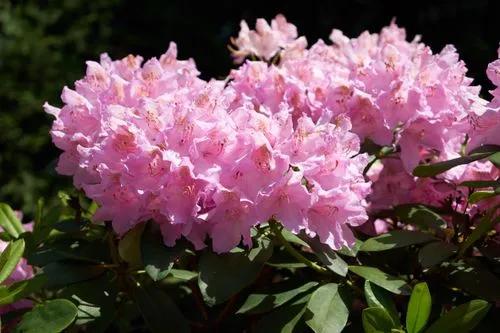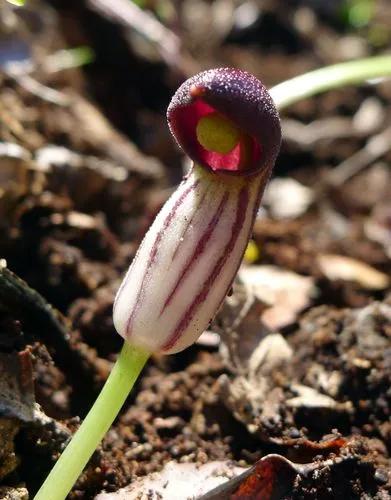Euphorbia nutans is a species of Euphorbia known by the common names eyebane and nodding spurge. It is native to much of the United States, Eastern Canada, Mexico, Central America, the Caribbean, and Venezuela. It is reportedly naturalized in parts of Europe as well as in the Middle East, Japan, and New Zealand. It has also been introduced to California. It can be a noxious weed in areas where it has been introduced. As a weed it generally occurs on disturbed ground, or in ornamental flower beds
Nodding Spurge Care
Euphorbia nutans



Euphorbia nutans is an annual herb growing erect with pairs of oblong leaves along its stems. The leaf may be up to 3.5 centimetres (1.4 in) long, hairy or hairless, and finely toothed. The inflorescence may be solitary or borne in clusters. Each inflorescence is a cyathium, with flat white or red appendages surrounding the actual flowers. At the center of the array of appendages are several staminate flowers surrounding one pistillate flower. The latter develops into a fruit, which is a capsule about 2 millimetres (0.079 in) wide.
This plant is useful.
How to get rid of: Because spurges flower when young and have little or no seed dormancy, weed populations can increase rapidly. Remove plants when young to reduce seed production. They are time-consuming to hand weed due to the number of seedlings that form. Some species may forcefully discharge seeds. Spurges are well-controlled by most preemergence herbicides labeled for use. The nodding spurge is very similar to hyssop spurge but leaves are generally larger and younger foliage is softly hairy, losing hairs with age. Preliminary research suggests that nodding spurge is generally well-controlled by most herbicides that list "spurge" as a susceptible species.
How to Care for the Plant

Popularity

138 people already have this plant 18 people have added this plant to their wishlists
Discover more plants with the list below
Popular articles






